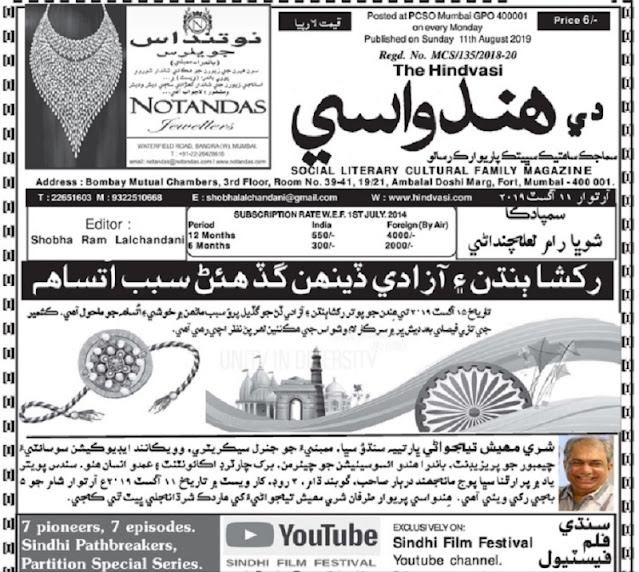The Art of Storytelling
Stories have existed long before recorded history, and the telling of stories has changed forms drastically throughout the ages. From cave painting to novels to movies, stories have always fascinated mankind. Although the methods have changed, the desire to tell and hear stories has remained unchanged, and still greatly impacts the way we look at life.
The earliest form of storytelling that has been discovered is from the Lascaux Caves in the Pyrenees Mountains in southern France. Discovered in 1940 by a group of French children, a series of cave paintings that date back to sometime between 15000 and 13,000 B.C. depicted a variety of animals and one image of a human being. When closely examined, this mural of sorts actually follows a very simplistic series of events. It tells of rituals performed and hunting practices. It tells a story.
Flash forward to 700 B.C. The first printed story, the epic of Gilgamesh, was created and began to spread from Mesopotamia to other parts of Europe and Asia. The story was carved on stone pillars for all to see, which spread the story around very quickly.
In the 200s B.C., Aesop’s fables were written down, and continue to teach lessons today in many areas of life. Aesop lived in the 500s B.C., but his stories were remembered for hundreds of years without a single shred of paper or other printed material. Isn’t that amazing? Oral storytelling was so powerful and people remembered Aesop’s tales so well that even 300 years later the stories were revered enough for mass production.
Techniques of Storytelling:
Jon Westenberg claims that storytelling is the greatest technology human beings have ever created.
According to Brain G. Peters "Effective storytelling involves a deep understanding of human emotions, motivations, and psychology in order to truly move an audience. Luckily, storytelling is something we all do naturally, starting at a very young age. But there’s a difference between good storytelling and great storytelling. I recently stumbled across Pixar’s 22 rules of storytelling — here are the top six we can all learn from."
Brain gives six techniques of storytelling including:
1- Great stories are universal: Great storytelling is about taking a piece of the human condition (so things like birth, growth, emotionalism, aspiration, conflict) and conveying it in a unique situation.
2- Great stories have a clear structure and purpose: One of my favorite ways to develop a compelling story is to use “The Story Spine” formula created by professional playwright and improviser Kenn Adams. Pixar has used this story structure to create so many films we know and love today.
3- Great stories have a character to root for (an underdog): Believe it or not, people want to root for you (the main character). And they love a good underdog. This might seem straightforward but it’s worth keeping in mind anytime you’re creating a story. In our modern society, for example, everyone loves a good “rags to riches” story. How many times has Forbes published an article about the fearless entrepreneur that dropped everything, almost failed dozens of times along the way, yet still managed to create a multi-million dollar business? Give the people an unexpected hero to root for.
4- Great stories appeal to our deepest emotions: Psychologists generally agree that there are six basic emotions: anger, disgust, fear, happiness, sadness, and surprise. The more you understand how/when your own emotional levers are pulled, the more you’ll appreciate how that works in other people (and the more you’ll be able to hone those emotions in your stories). Consciously being to recognize these various emotions in yourself —and think about the “why”.
5- Great stories are surprising and unexpected: We’ve all seen the classic “fairy-tale” story-line: a helpless princess in need and a charming prince swooping in to save the day. Boring (and totally outdated). What makes modern stories compelling are when our perceptions of reality are challenged or changed in some way.
6- Great stories are simple and focused: We as audiences know a good story when we see or hear one. Have you ever watched a movie or read a book where you had to keep asking yourself (or someone else) what was happening in the plot?
Not a great experience. As creators, we naturally want to include as much information as possible in our stories. We want to pack the story full of characters and plot twists and dialogue. And often times we might not even realize that we’re adding layers that don’t need to be there.
Pixar’s advice here is to “combine characters and hop over detours.” While you as the creator may feel like you’re losing lots of valuable stuff, it’ll set you free in the end and will allow your audience to get lost in the narrative. One way to find out if your story is easy to follow is to tell it to a friend or family member who has never heard it before. Watch their face as you read it and try to see where they pause and what questions they might have.






Comments
Post a Comment